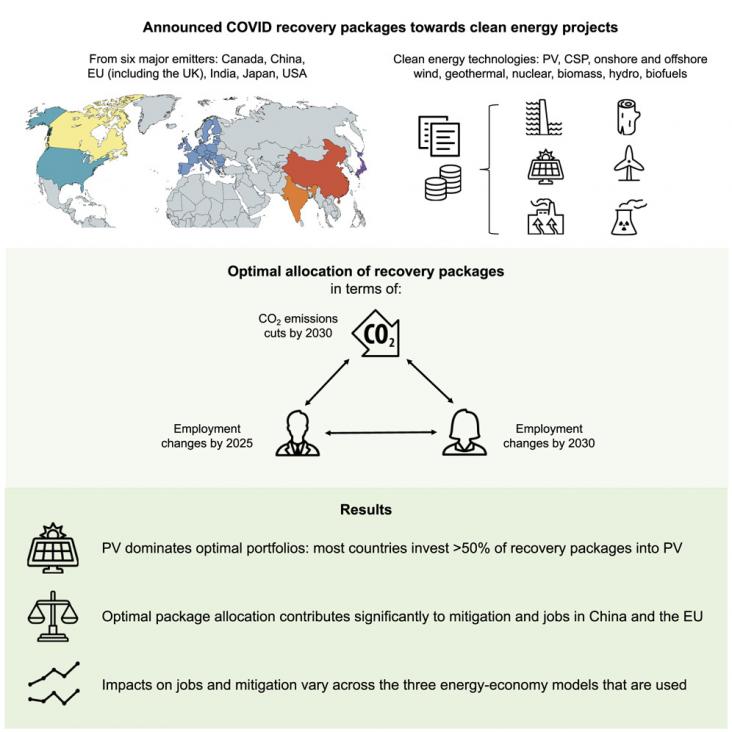Improving environmental quality through reducing emissions is the central pillar of climate change mitigation and achieving sustainable development goals.
Carbon prices are too low. Switching prices and/or caps are needed. Prices and caps need to deliver targets to stay under to 1.5 °C. Border adjustments are probably needed.

This article supports SDGs 8, 7, and 13 by incorporating investment portfolio analysis into three different energy-economy models to examine the climate employment co-benefits of green recovery packages in six major emitting regions.
This Article supports SDG 3, 7, and 8 by showing an inverse association between air pollution attributed to disease burden and gross state domestic product for most states in India, thus highlighting the need to curtail air pollution attributed to disease burden in order to achieve sustainable economic growth.
The objective of this paper is to critically analyse the innovative passive nZEB building concept ‘2226’ regarding its climate impact via the initial prototype building ‘be 2226’.

Indicate the importance of adopting longer-term timeframes and pathways to ensure that the necessary pre-conditions are in place for sustainability (including climate action) beyond the current 2030 Agenda.
This Viewpoint supports SDGs 7 and 10 by reviewing climate mitigation scenarios in the context of energy inequalities between the Global North and the Global South. The authors conclude that existing mitigation scenarios exacerbate inequalities and increase climate risk in the Global South.
Background: Epidemiological studies have reported the associations between nitrogen dioxide (NO2) and pediatric asthma incidence, but unable to ascertain indoor NO2 sources.
Drinking water supply requires energy, which in turn emits greenhouse gases with undesirable climate impacts. Water conservation, therefore, offers environmental benefits by reducing such emissions.

The Paris Agreement goal of stabilizing temperature below 1.5C calls for a reduction of global energy consumption. Energy Efficiency policies are necessary but not sufficient to reduce energy consumption. Energy Conservation and Energy Sufficiency Policies complement Energy Efficiency policies, together they can reduce energy demand. The article presents some existing and new policies which address sufficiency. There is the need for coherent policy package with different types of policy instruments addressing efficiency and sufficiency.
